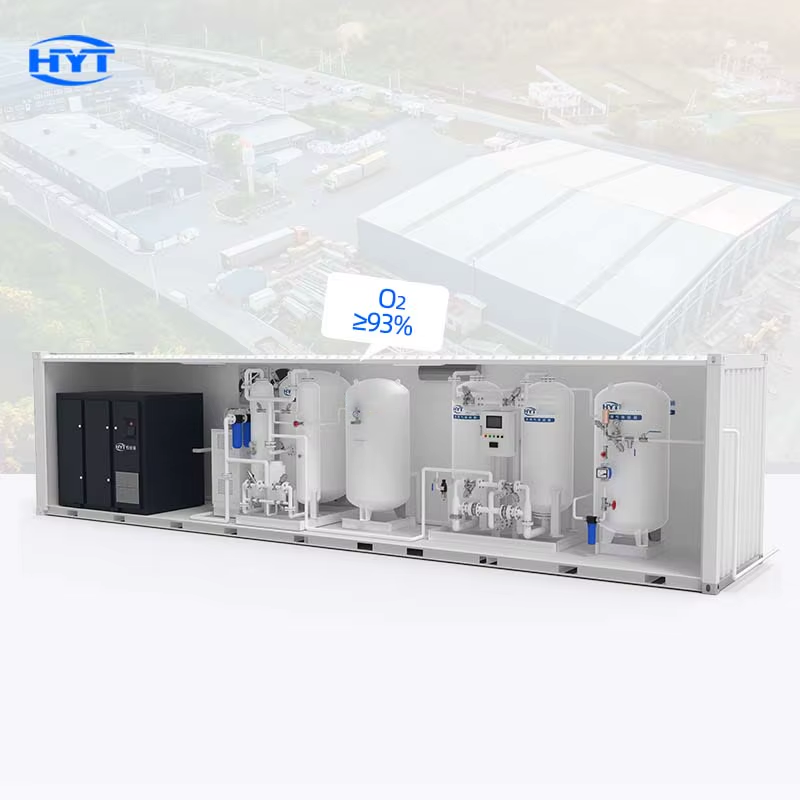People who are ill or injured may need additional oxygen to help them breathe better. This oxygen is supplied by special machines, called medical oxygen systems. But such systems have critical safety features to ensure they function properly and that patients are not harmed.
The Importance of Pressure Regulators
There is a key safety device in medical oxygen systems – it’s known as a pressure regulator. This helps ensure the oxygen is delivered to the right pressure of the person who needs it. It can be dangerous if the pressure is too high. The flow of oxygen is regulated by the pressure regulator, to the exact amount.
The Role of Oxygen Sensors
There is also an oxygen sensor to these machines. These sensors monitor the levels of oxygen in the air continuously. A low oxygen level instructs the sensors to have the machine deliver additional oxygen. This helps ensure the patient never runs out of oxygen to breathe safely.
What Are Leak Detection Systems And How Do They Work?
There are also leak detection and alarm systems in Medical Oxygen Generator. Such systems help prevent hazardous oxygen leaks. If there is a leak, the oxygen could seep into the air, which is terribly dangerous. A leak detection system immediately uncovers any leaks and activates an alarm that warns the medical staff. That means they can fix the problem before things spiral out of control.
Cf) Fire Safety in Medical Oxygen System
This is why fire safety plays a crucial role in the case of psa medical oxygen plant. Oxygen is flammable, you need to do things to prevent fires. They are constructed with fire safety in mind, using materials that are flame-resistant and having automatic shut-off valves in case of a fire. These attributes also minimize the risk of fires and provide patient safety.
Expedient Oxygen Supply in Case of an Emergency
There are also recommendations for a back up supply of oxygen in medical oxygen gas generator. Other times, the primary oxygen system fails or empties of oxygen. Having a backup supply can be a matter of life and death in these cases. It could be additional oxygen tanks or a portable oxygen concentrator. It simply serves as that second option that ensures the patient always has that needed oxygen, even when the unexpected happens.

